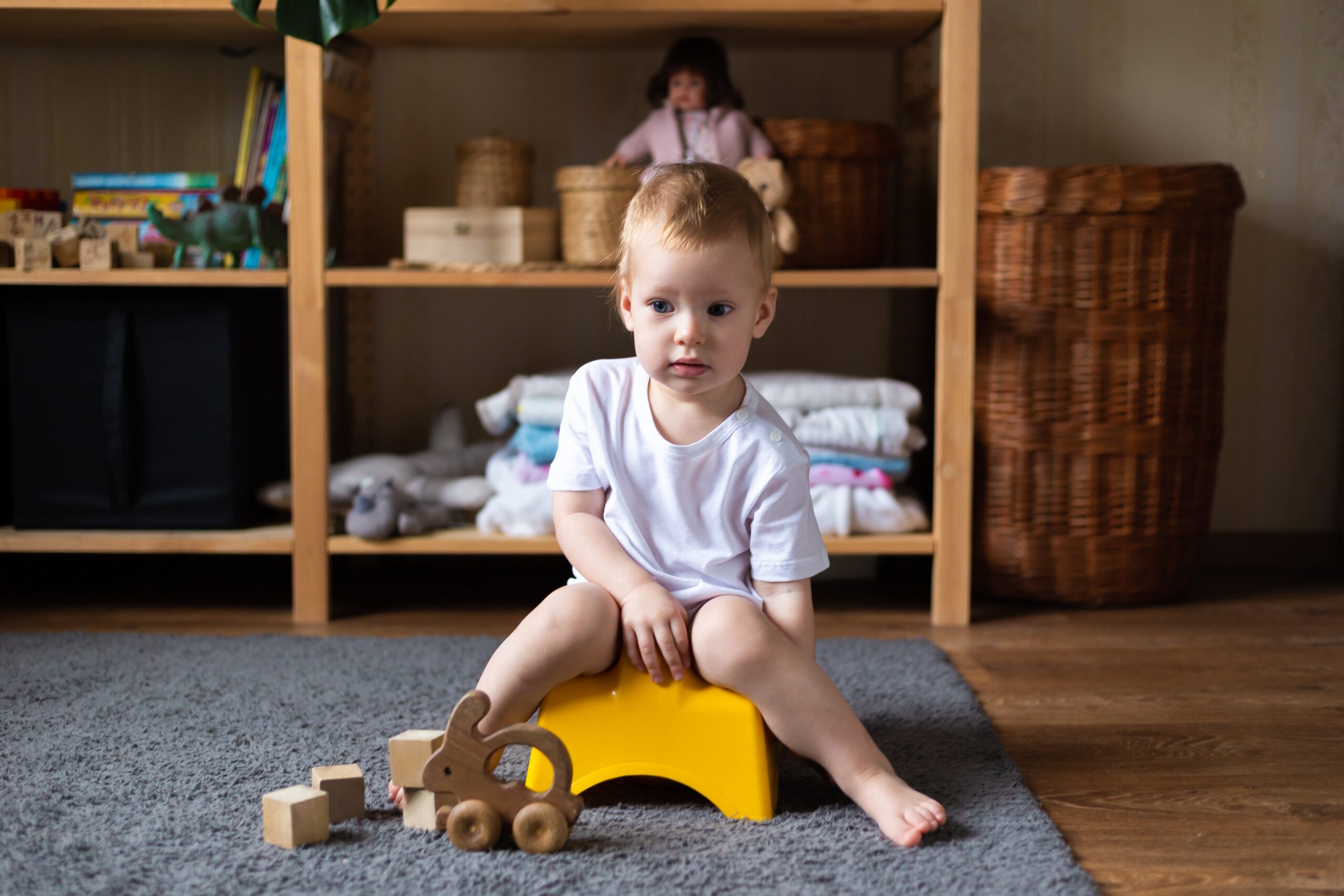How to Develop a Child’s Communication with Visual Binder
Communication is a vital skill for children to navigate the world and express their needs and desires effectively. However, for children with Autism Spectrum Disorder (ASD) who have limited or no verbal language skills, communication can be a significant challenge. That’s where a visual binder comes in—a powerful tool that can facilitate communication and aid in a child’s development. In this article, we will explore what a visual binder is, how it helps a child develop communication, and how to use it effectively.
How to Develop a Child’s Communication with Visual Binder
Communication is a vital skill for children to navigate the world and express their needs and desires effectively. However, for children with Autism Spectrum Disorder (ASD) who have limited or no verbal language skills, communication can be a significant challenge. That’s where a visual binder comes in—a powerful tool that can facilitate communication and aid in a child’s development. In this article, we will explore what a visual binder is, how it helps a child develop communication, and how to use it effectively.
What is a Visual Binder?
A visual binder is a visual support tool, often used as a form of primitive and alternative communication for individuals with ASD. It provides a structured and visual means of communication for those who struggle with expressive and receptive language skills. By using pictures and symbols, a visual binder enables children to express their needs, wants, and preferences effectively.
How communication with visual binder helps a child develop
-
Increase Communication
Children with ASD often face challenges in expressing themselves and understanding others. The visual binder bridges this gap by offering a structured system of communication. By using specific pictures from the visual binder, children can easily communicate their needs to caregivers. For example, if a child wants food or water, they can select the corresponding pictures to convey their needs. Similarly, if they dislike something or wish to do something else, they can use the “All done” picture from the visual binder.
-
Reduce Frustration and Challenging Behaviors
Difficulty in communicating can lead to frustration and behavioral challenges in children with ASD. Visual binders provide a reliable communication system, which reduces frustration and the likelihood of problem behaviors associated with communication breakdowns. By using the binder, a child can request a favorite toy or express their needs, reducing the chances of tantrums or meltdowns due to unmet needs.
-
Promote Social Interaction
Visual binders also facilitate social interaction and initiation. Children can use the system to initiate conversations or interact with the people around them. Using pictures like “Hi,” “play,” “help,” or “hug” from the visual binder, they can communicate their needs and engage with others. This enhances their social participation and integration, helping them develop social skills and build relationships.
-
Support Language Development
A visual binder acts as a stepping stone toward developing language skills. As children become familiar with the system and experience success in using it, they gain a better understanding of how words and symbols represent their desired objects or actions. This understanding can facilitate further language development and transition to spoken communication. Each time a child uses the visual binder, the parent, adult, or caretaker can name the selected picture, gradually building the child’s vocabulary and encouraging verbal communication.
How to Use a Visual Binder
-
Observe and Identify the Needs
Observe and identify the objects, activities, or items of interest that your child wants and needs. Basic needs such as food, water, bathroom, toys, play, help, and all done are commonly included in a visual binder. As you use the binder, you will identify more specific needs and create pictures that represent them.
-
Picture Selection
Place the pictures you have created based on your child’s needs in a binder. Initially, place one picture on the front of the binder that describes the child’s current need. For example, if your child is hungry and needs to eat, place the picture of “Food” or “Eat” on the front of the binder. Ask your child, “What do you want?” and guide them to remove the corresponding picture from the binder and hand it to you.
-
Handing Over the Picture
The child gives the selected picture to a communication partner, such as a teacher, parent, or therapist. The partner receives the picture and honors the communication by providing the requested item or facilitating the desired action. It is essential to immediately offer the child the requested item or fulfill their request within seconds, reinforcing the connection between the picture and the desired outcome.
-
Expanding Communication
Over time, encourage the child to use more pictures from the binder. Once they become fluent in removing and handing over one picture independently, gradually increase the number of picture presentations to two, then three, and so on. The goal is for the child to independently look through the binder, find, remove, and hand over the desired item. The pictures in the visual binder should be simple, colorful, and representative of the desired item or action.
Conclusion
Visual binders are powerful tools that can significantly enhance communication and reduce problem behaviors in children with ASD. By providing a structured and visual means of expression, visual binders increase communication, reduce frustration, promote social interaction, and support language development. However, it is crucial to customize the implementation of a visual binder to meet the specific needs of each child. With patience, consistency, and tailored support, a visual binder can unlock a child’s potential for effective communication and foster their overall development.
Also read: Building Effective Communication via Visual Support
About Olga Sirbu
My name is Olga Sirbu, I am a Board Certified Behavior Analyst (BCBA) and Licensed Applied Behavioral Analyst. My goal is to support and empower families and individuals on the autism spectrum.
Autism Advance is dedicated to training parents and caregivers, providing practical tips, and teaching individuals how to educate kids with autism.
I share evidence-based practices to help you better understand and support individuals with autism. Learn practical strategies to help individuals with autism reach their full potential, as well as gain a deeper understanding and acceptance of autism.
Thank you for considering Autism Advance as a resource for your autism journey.








